Automotive manufacturers are racing to connect systems, optimise production and secure supply chains through digital twins, hybrid clouds and AI. But legacy systems and organisational inertia remain major obstacles. By Ilkhan Ozsevim.
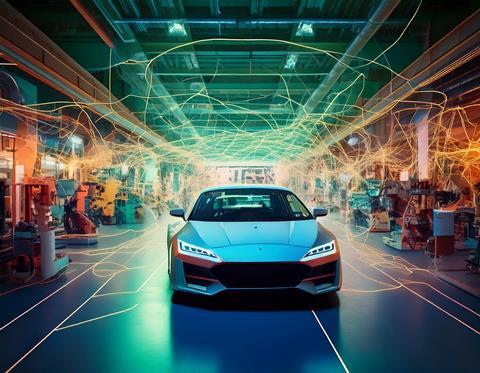
The automotive factory, once a cathedral of metal and motion, is becoming something closer to a neural network. And with the automotive industry facing a future defined by electrification, autonomy and hyper-competitive innovation cycles, its factories are being rewired and reimagined for synthesis. No longer merely places of physical assembly, automotive plants are emerging as interconnected digital systems where real-time data, predictive AI and virtual simulation are able to dictate production at the pace of global demand.
This transformation; this synergy and convergence known as ‘connected manufacturing’, promises supercharged flexibility, efficiency and resilience. But paradoxically, it also lays bare the deep legacy infrastructure, fragmented supply chains and ‘human systems’ that still struggle to keep pace with such rapid evolution in automotive.
”Greater digitalisation, translates to greater connectivity - in turn leading to greater production optimisation”
The physical consequences of the virtual double
At the heart of this transformation lies the digital twin. No longer a novelty, this technology is now a strategic necessity for automotive producers. “Digital twins are driving innovation, improving efficiency, and enhancing safety in the automotive industry,” says Aleksandar Boskovic, Principal at Kalypso, a subsidiary of Ford-, GM-, and Toyota-partner, Rockwell automation. These virtual counterparts to production lines enable manufacturers to simulate, optimise and monitor complex processes in real time, allowing for greater control over vehicle production processes. And greater digitalisation, translates to greater connectivity - in turn leading to greater production optimisation.

Kalypso’s own platform, for example, now integrated with NVIDIA Omniverse, enables major enhancements in connected production. It offers “OEM agnostic, multi-model division and aggregation” along with “comprehensive digital twin lifecycle management,” explains Boskovic.
Combined with AI, this connectivity allows for predictive and prescriptive analytics with high levels of fidelity. Just to highlight the impact of these technologies, for Kalypso, Hybrid AI-simulation twins now reach 95 - 99% accuracy, outperforming traditional models that rarely exceed 85%.
This level of accuracy results in smarter commissioning, safer systems and highly trained operators, with such improvements speaking to the technical as well as the economic logic of connected manufacturing.
“Real-time monitoring gives vehicle manufacturers a live overview of production and allows them to adjust processes dynamically”
- Bodo Philipp, CEO of MHP Consulting UK
Powertrain producer, HORSE, is also using digital twins at its Valladolid plant in Spain to create digital models that support agile scaling between internal combustion and EV production, reduce emissions and energy consumption, and automate decision-making to enhance quality and efficiency. With over 37 digital twin projects integrated across all operational areas, HORSE is embedding a fully connected, data-centric manufacturing strategy that is reshaping its production capabilities and sustainability ambitions in powertrain production.
Synchronising the machine and optimising the factory
With synthesis at the helm; no effective digital twin lives in isolation. Its value flows from its connectivity, both to other systems and across enterprise boundaries. As Kalypso’s approach demonstrates, digital twin solutions can integrate with manufacturing operations management (MOM) platforms, enterprise resource planning (ERP) and product lifecycle management (PLM) tools, to be optimally successful for automotive production. This interoperability, says Boskovic, is vital to achieving a ‘single source of truth’ across production and supply - solving a long-standing problem with the explosion in data across such solutions.
For Bodo Philipp, CEO of MHP Consulting UK, the goal is clear: agility. “Real-time monitoring gives vehicle manufacturers a live overview of production and allows them to adjust processes dynamically,” he says. In an industry where shifts in customer demand can require immediate reconfiguration - say, from GTIs to GTDs (or EVs to ICEs) - the old rigidity is no longer acceptable. With connected systems, “the system can adapt flexibly” across production, logistics and supply.
Read more Connected Manufacturing stories
- Mercedes-Benz excels in connected manufacturing at Berlin-Marienfelde
- Digital twins are catalysts for automotive production strategies
- Future-ready: BMW’s digital transformation of its Munich plant and beyond
- The urgency for enhanced Design For Manufacture (DFM) in vehicle production
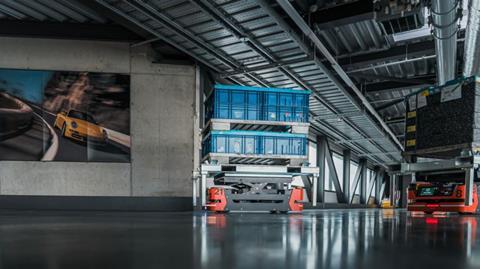
Fleet Executor, an MHP solution deployed at Porsche’s Zuffenhausen plant, offers another illustrative case. The solution is a cloud-native, unified digital ecosystem which manages and synchronises automated guided vehicle fleets across intralogistics operations.
This particular system has now been deployed at Zuffenhausen for automated material handling anchored by a fleet of 27 autonomous guided vehicles.
The AGVs now manage some 1,600 daily material movements, including loading operations, traversing a 750-metre circuit through the facility to keep production in motion. The integrations have a clear impact. In this instance, hardware agnosticism and centralised coordination allowed for a 20% gain in efficiency - a notable feat considering the plant was already running on highly optimised processes.
Intelligence at scale and automotive industrial strategy
In this environment, AI is emerging as a productivity emerging out of the nervous system for the connected factory. With cloud-based infrastructure and sensor-rich environments, automotive manufacturers can now train models across sites and roll out updates in real time. “AI can process vast quantities of production and supply chain data to identify patterns, flag anomalies, and suggest optimal actions,” says Philipp.
From pre-empting equipment failure to rebalancing inventory and flagging quality issues across sites, predictive analytics promises a more responsive, resilient production network. But this requires a shift not just in technology, but in culture. “This is not just a technical evolution; it is a fundamental cultural change,” he argues. Volkswagen, for instance, has elevated IT to board level, recognising that digital strategy is now industrial strategy. Other carmakers would do well to follow suit.

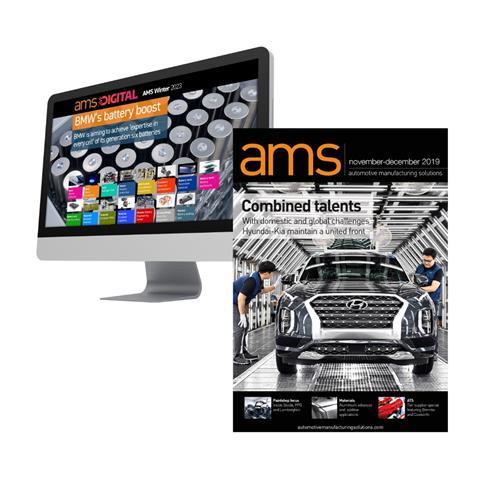

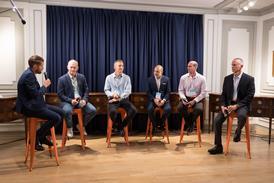






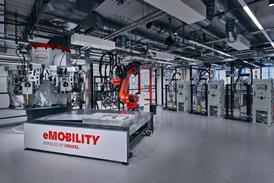

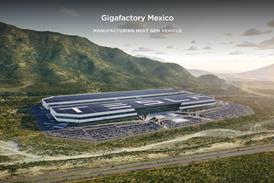
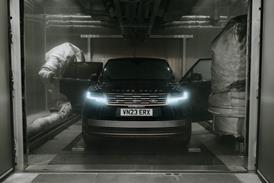
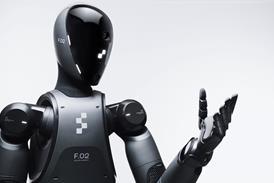
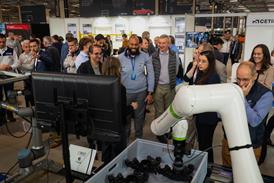
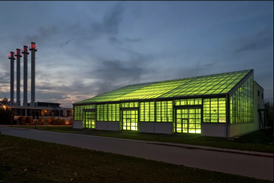
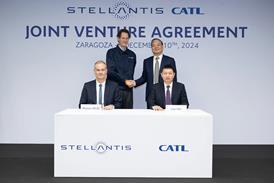
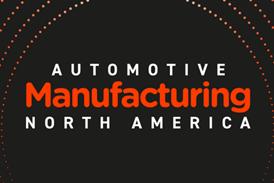
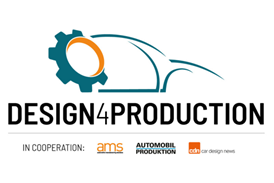
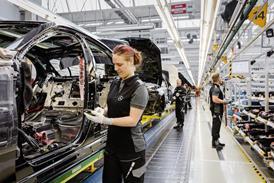

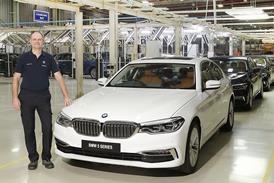
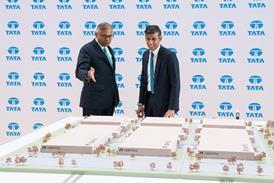

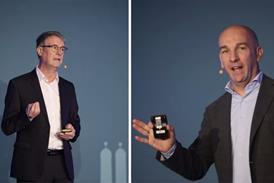
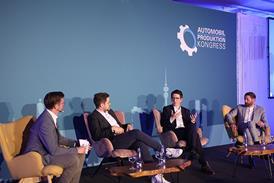

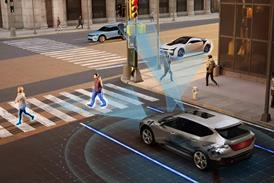



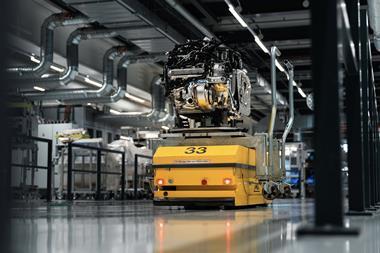

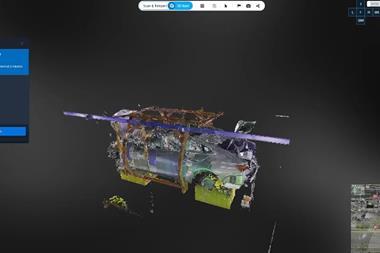



No comments yet